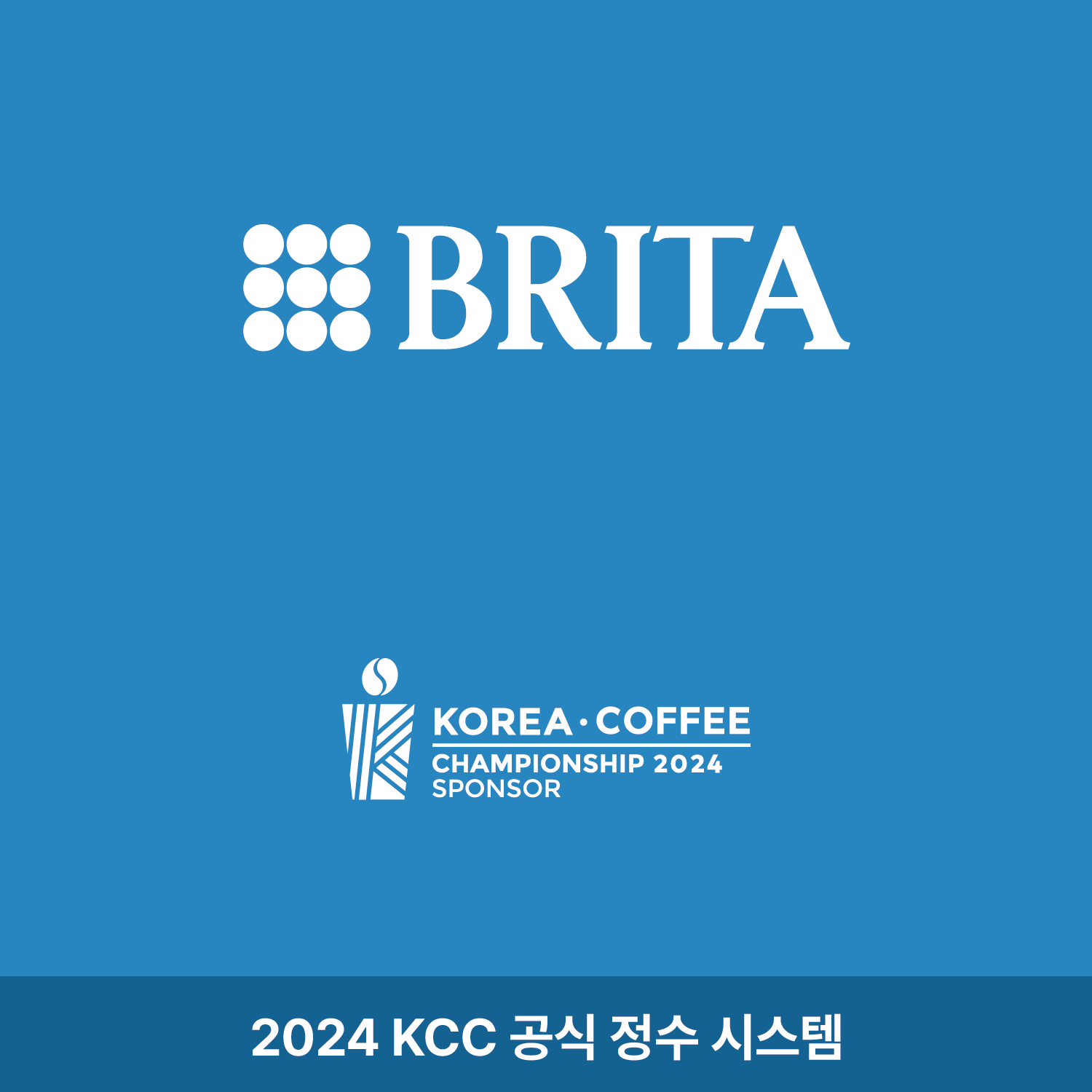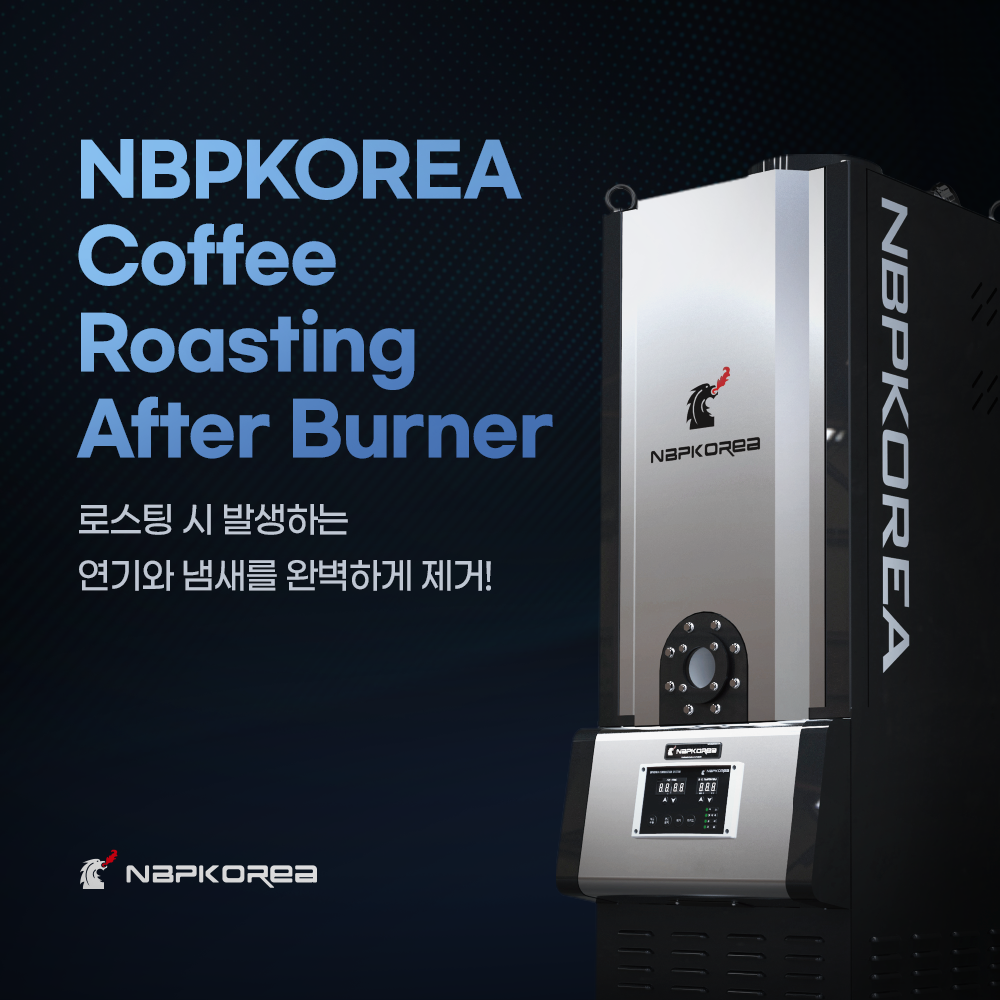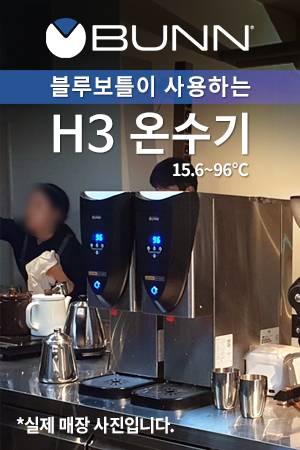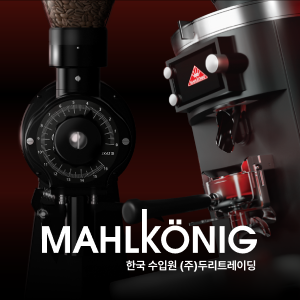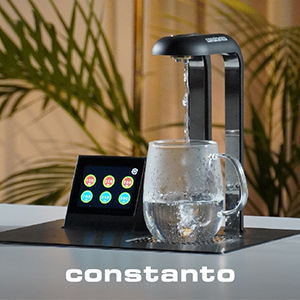커피 장비
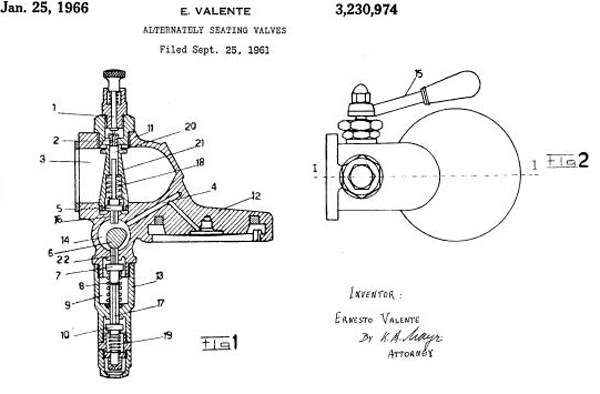
Our Technical Services Engineer, Graeme Burton, takes everything coffee to a whole new level and explains here the E61 group head. Graeme worked in Curtin University’s Physics department for many years before joining Five Senses, where he combines his passion for coffee and his scientific know-how.
State of the art technology in espresso machine design appears to demand “saturated” brew groups. In the saturated design, as much of the brewing group as possible is open to the brew boiler itself. This results in improved temperature stability because the group is saturated with the same body of water whose temperature is being controlled in the boiler. Synesso and La Marzocco both use saturated groups. Obviously a saturated group can only work with machines that have separate steam and brew boilers.
Before saturated groups were invented, most, if not all, semiautomatic espresso machines utilised a variation of the famous E61 group head. Despite being almost 50 years old, the E61 group head is still found in many espresso machines being manufactured today. This is probably because most espresso machines being manufactured today are of the single boiler, heat exchanger design. However, these days machines tend to use heavily modified versions of the E61 group, which may not incorporate original E61 features such as the thermosyphon heating circuit and passive pre-infusion.
[Historical Side Note: Ernesto Valente invented the E61 group (shown attached to an Isomac domestic machine above) and it is known as such because it first appeared on the Faema E61 espresso machine. Incidentally, the name E61 signifies the total solar eclipse that occurred in 1961, the year of its invention.]
THERMAL INERTIA
Around 4kg of chrome plated brass is used to manufacture the E61 group, thus providing high thermal inertia. It takes a long time to heat up and cool down, but this is important for temperature stability.
THERMOSYPHON HEATING CIRCUIT
The main internal chamber (#3 in the patent drawing, Fig 1) is connected to the brew boiler by two copper pipes seen in the image (right). The upper pipe goes from the top of the boiler to the top of the group chamber, while the lower pipe goes from the bottom of the boiler to the bottom of the group chamber. When the machine pump is not running, the hottest water in the boiler flows to the top and then into the top of the chamber. The water in the chamber cools because not only is it no longer being heated directly by the boiler, but also because it is transferring heat into the atmosphere. When cooled, that water then falls and exits through the lower pipe and into the bottom of the boiler. This produces a circulating flow of water that continues to heat the group. If the machine pump is activated, water is forced out of the boiler through both pipes and into the group chamber to brew coffee.
PASSIVE PRE-INFUSION
The term pre-infusion refers to brew water being applied to the coffee at a pressure lower than the ultimate brew pressure, for a specific period of time. This is supposed to gently wet the coffee and allow it to stabilise before receiving the full force of the pumped brew pressure. This should lead to a more even espresso extraction by improving the uniformity of the coffee density in the basket. Pre-infusion can be implemented in several ways. Firstly, the brew water can be applied at mains pressure before switching the brew pump on. Secondly, the brew pump can be run for a short period to introduce water into the group, and then paused before again running the pump at full brew pressure. A third method is to introduce a small jet, typically around 1 mm or less in diameter, into the brew water path. This jet restricts the flow of water to the coffee, even with the brew pump running, and this produces a slower increase in brew pressure. The term “passive” refers to the fact that the brewing process has started and that no other actions are required, such as turning the pump on and off. A main feature of Valente’s patent is that the E61 group incorporates “automatic” pre-infusion which we refer to as “passive” pre-infusion.
The E61 group head uses a jet and a special chamber for its method of pre-infusion. In the first stage, the pump is activated and water flows through a jet into a small cavity (#14, Fig 1), which is connected to the space above the coffee basket (#4, Fig 1). During this time, water fills the cavity and flows into the coffee basket. As the pressure in the cavity rises, a spring loaded valve (#8, Fig 1) opens to allow water to also flow into the special pre-infusion chamber (#9, Fig 1). Only when the pre-infusion chamber is full can the brew pressure rise to the ultimate brewing pressure. The time it takes these chambers to fill gives rise to a low pressure, passive pre-infusion stage.
Although the E61 has been superseded for high-end commercial use, it still finds good and appropriate application in the domestic market. The temperature stability, especially when combined with double boilers (eg Expobar Barista Minore), is excellent for low volume use in a domestic setting, and the pre-infusion system is likely to significantly improve espresso extractions in the hands of an amateur barista.

ABOUT ME
| 번호 | 분류 | 제목 | 작성자 | 날짜 |
|---|---|---|---|---|























